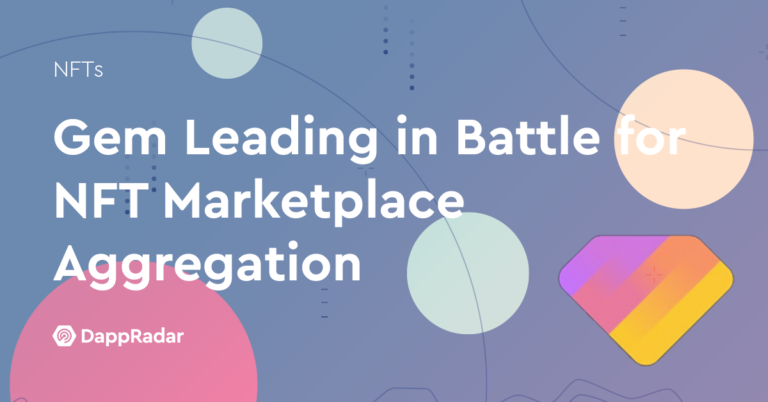A predecessor to celebrity NFTs from 1997?
Often, long before most of us try out something — an exercise regimen, food or an art form — a celebrity or influencer seems to have arrived there first. You might reasonably think that celebrity and influencer NFTs of recent years are a new attempt by well-known individuals to capitalize on their digital identities.
However, in true David Bowie style, the legendary stardust cowboy arrived there first in 1997. That year, Bowie offered securities backed by the royalties that his sizable catalogue of music would pay out over the course of a decade. Investors possessed a share in the future royalties, not the intellectual property itself.
Much the same is true of NFTs. If I buy some aspect of an artist’s work, identity, or other intellectual property, I only possess a representation of that property, not the property itself.
Flawed human beings and NFTs
In other words, if I buy an NFT that represents Timothée Chalamet’s intellectual property, then I’m investing in the future perceived value of the person and his work. And because we live firmly in the era of #metoo and cancel culture, an investment in the highly public image of flawed human beings who can commit a gaffe at any place or time does feel a bit dubious.
So far, celebrity NFT offerings have reflected this risky proposition. John Cena, a wrestler-turned-actor, collaborated with World Wrestling Entertainment Inc. to sell bundles of goods included with NFTs for a $1000 each. Hardly any sold. The same has been the case with Quentin Tarantino’s uncut scenes from Pulp Fiction.
Little will grow from the thin digital soil that most celeb NFTs sprout from. Look for richer, more layered ground rather than a stand-alone, blurry iPhone photo of Gwyneth Paltrow’s dog. As with more traditional products, consumers can parse thoughtful design and engaged creators from opportunists seeking a hasty cash-grab.
Authenticity matters to would-be celebrity NFT buyers. Value matters as well. The rare successful celebrity NFT offering has more depth behind it. Paris Hilton joined the NFT community before she made her metaverse offering in a collaboration with artist Blake Kathryn. The credibility gained from exploring the space transferred neatly to her offering. At the same time, her NFTs coincide with her pre-NFT brand: luxury lifestyle, youth, and layers and layers of pink. Consistency pairs well with authenticity. This dynamic is true for Snoop Dogg as well.
His credibility as a businessman and multimedia cultural icon appears to have transferred smoothly to the metaverse. Of course, it helps that Snoop has spent millions on NFTs in addition to selling them. He recently informed the world that he’s an NFT whale with a collection valued at $17M.
Abiding strengths
The underlying benefits that NFTs offer still hold true, with each one held immutable on the blockchain, NFTs are secure and provably authentic with their entire history publicly viewable. NFTs are still true to their name — unique and not-to-be-duplicated — thus providing a means to validate identity.
What’s more, NFTs are on-trend and whilst celebrity and influencer NFT offerings have often fared poorly, those same individuals do tremendous work to publicize and legitimize the NFT ecosystem to a wider public.
Is there a template they can follow to gain greater traction in the NFT world? Or will they follow the template of Bowie Bonds, which lost value due broader record industry issues?
It seems unlikely that the latter will come true given the great versatility of NFT usage, their popularity and the ingenuity of the artists who create them.
Source: Bowie Bonds – Paris Hilton NFTs – Failed celeb NFTs – Snoop Dogg’s NFT collection / worth $17M






